The Dealer, How One California Dealership Fueled the Rise of Ferrari Cars in America
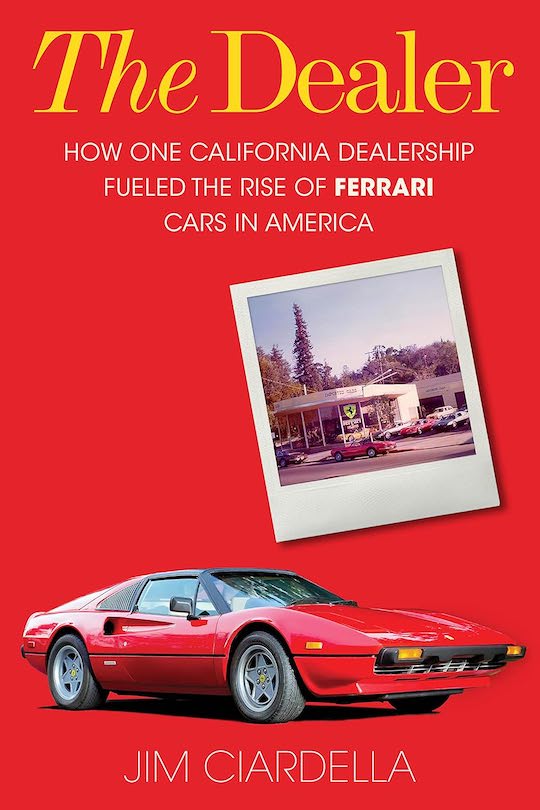 by Jim Ciardella
by Jim Ciardella
“What started as the ride of a lifetime detoured into being convicted of bankruptcy fraud and losing everything. Brian [Burnett] had broken and stretched the rules to survive, and that took him from top to bottom. He never intentionally wanted to cheat or hurt anyone and thought the good times would return, allowing him to repay everyone. His worst mistake was loosing focus and trusting friends and associates who wanted what he had. An incurable optimist, he thought that being part of Ferrari could fix anything. But, unfortunately, it was his success that destroyed him and the dealership he created.”
You can tell that this will be a wild ride . . .
Speaking of wild rides, what’s hot rod legend Roy Brizio doing writing a Foreword to a Ferrari book? If you can guess the answer (hint: what won the 1979 AMBR award?) you already know that this biography/case study will speak to more than just Ferrari folk.
In a nutshell, this book tells the story of two youngish auto dealers starting a small-town Ferrari dealership and building it into what they claim was the world’s largest (in terms of units sold), riding the comet for two decades, and then “losing everything in the blink of an eye.”
That claim is neither easy to verify nor to dispute. It doesn’t hurt to just let it stand, but let’s make a mental note that sales don’t equal profits, that you have to have money to make money, and that depending on other people’s money adds complications.
Author Ciardella says (not here but elsewhere) that this 200-page book, his first, could easily have been 1000 pages. And you’ll probably wish it had because if you look beyond the headlines and at the nitty-gritty of contract law and personality traits this book does not answer every question. The story as told is certainly interesting and unusual, and its full arc (from Burnett’s youth to ca. 2021) has not been presented in narrative form before.
Depending on just how inquisitive a mind you have you may agree with the Ferrari Club of America’s assessment “A story well told, it’s a book that, once started, is hard to put down” but if you read this book as a procedural you will probably end up thinking something has been left on the table, or swept under the rug, the latter sounding harsher than is intended. Ciardella did interview many sources but his main one is the man at the center of the book, Brian Burnett, whom he had met at a chance dinner and recognized as one of the owners of the fabled but already defunct Ferrari of Los Gatos. He then bought a Ferrari from him (Burnett continues to dabble in brokering cars) which led to more dinners, which led to story-telling, which always ended with Burnett saying, “Someone ought to write a book about this!!”
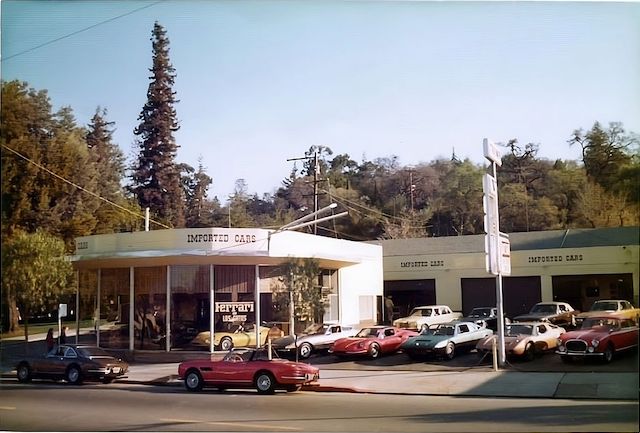
The book presumably had no editor, and, being Ciardella’s first, suffers from a common problem: an author who lives with a story for years will, inadvertently, forget that the mass of micro detail in his head is not also in the reader’s. And if you tell a controversial story and want to bring a skeptical reader over to your side, you better craft a solid case.
Ciardella describes himself as a storyteller, and he does tell a good story well, but he ain’t no trial lawyer . . . at some point his analysis of Burnett as naive and distracted but always well-intended begins to sound thin. Ciardella is, however, an accountant by trade, something the book also does not say even though it would give the reader a measure of confidence that the financial entanglements at the heart of the FLG story—bookkeeping, funding, the mechanics of who pays what when how, legal ownership of a car on the lot, the practice of “flooring”—are soundly presented.
Anyone anywhere in the Ferrari world in and from 1976 on would have heard of Ferrari of Los Gatos, founded by Burnett and his partner for a while, part-time classic car dealer and real estate developer Richard Rivoir. FLG dreamt up what Ciardella describes as a “rogue approach” and rewrote the book on how to sell Ferraris, the most important innovation being to offer dealer financing as opposed to the customer having to find their own (try convincing your bank manager that you just have to have a Ferrari on credit), and at longer terms (35 months +1 balloon payment), and accepting trade-ins as down payment. Now consider that FLG had years in which they moved an eye-watering 300 cars, new and old. You can see that millions of dollars are in play here and that day-to-day liquidity is mission-critical. We will not re-tell the book’s story except to say that FLG had enormous cachet, and Enzo’s personal favor. And had Enzo not died, or his successors been less bent on recasting how the company did business with its distributors/dealers, and not forced the poison pill upon Burnett to either help them shut the independents down or be shut down himself—this story would not have ended in tears.
Except, it would have, because the evil advisers and false friends—in Ciardella’s telling—would have had their way anyway. Which brings us back to that earlier point: if you are the meticulous detail-driven sort of reader who thinks for himself, you will find yourself wondering if this is really only about not bothering to read the fine print, not using the same attorney as your opposing number in a negotiation, and simply ignoring elementary business principles. If you were to root around in period press clippings you’d get a less benign impression. And if you wanted to cast your eye on what the case law side of, say, the bankruptcy proceeding looked like, see: IN RE: R.B.B., INC., d/b/a Ferrari of Los Gatos, Debtor. Ferrari North America, Inc., Appellant, v. Charles E. Sims, Trustee; Official Committee of Unsecured Creditors, Appellees. No. 99-16059. Decided: April 27, 2000.
But, to say it again, on its own and by itself this book sheds light on a story of unbridled enthusiasm, a real desire to make Ferrari ownership a possibility for just about anyone with a steady paycheck, and a prolonged period of seemingly endless price appreciation.
Also, it is a candid look at the mechanics of the automaker-distributor relationship, how car allocations are decided and enforced (and the resultant horse-trading among dealers), and the different standing of authorized dealers vs. independents. Ferrari—after Enzo—ruled with an iron fist in order to bring independents to heel, by not renewing franchises, cutting off spare parts and technical training, redirecting warranty and repair work to only authorized dealers, and halting delivery of new cars.
Ciardella says only a fraction of his material made it into the book, and that he has another one in him—yes, please.
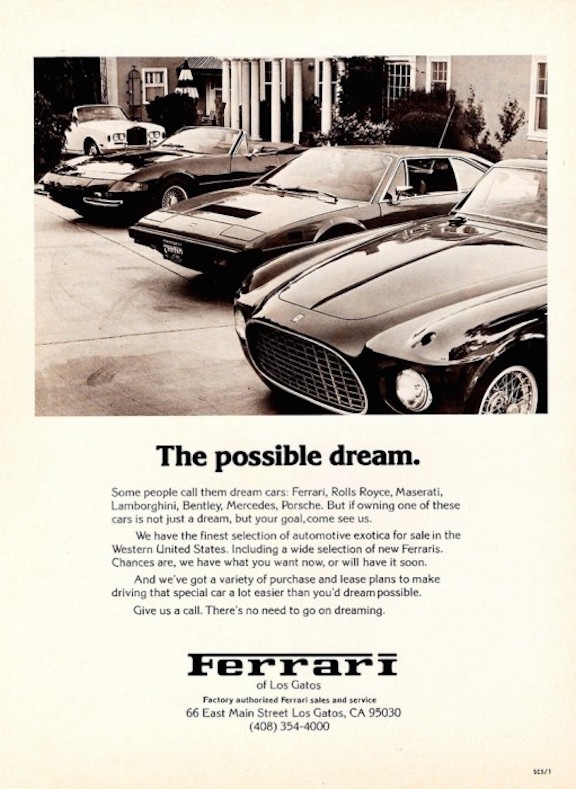
Copyright 2023, Sabu Advani (speedreaders.info).


 RSS Feed - Comments
RSS Feed - Comments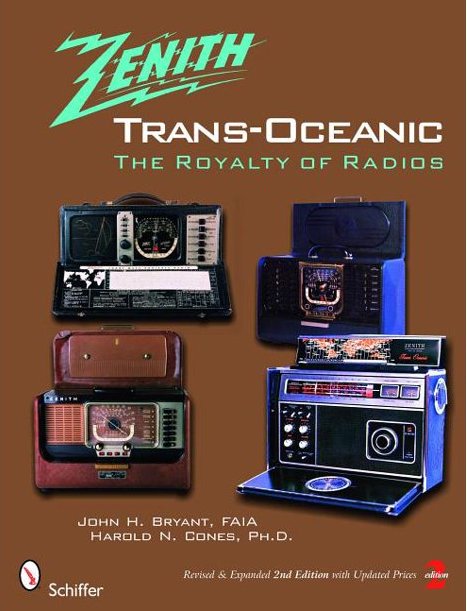
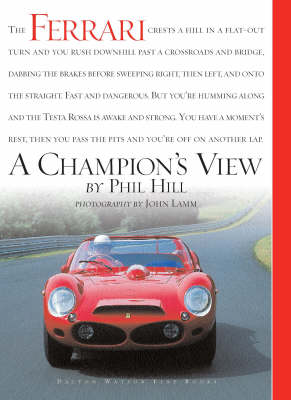

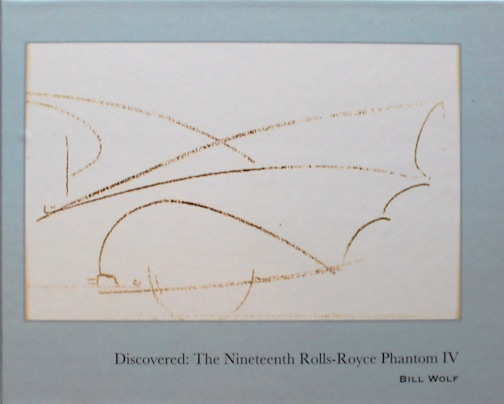

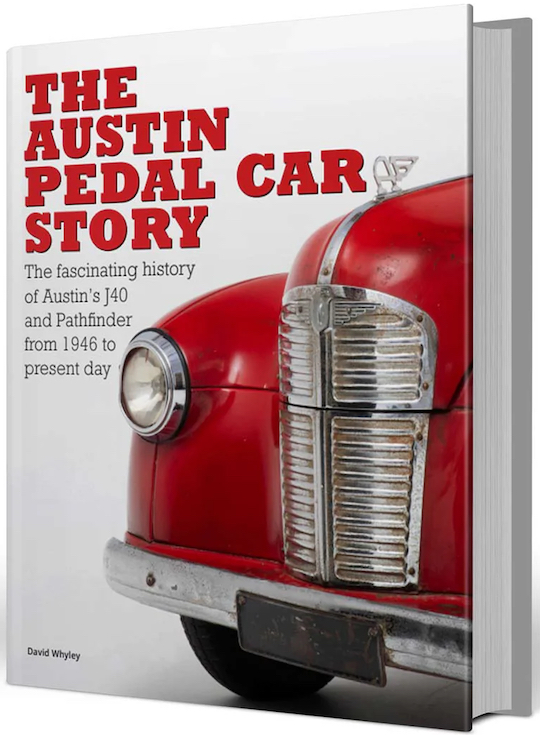
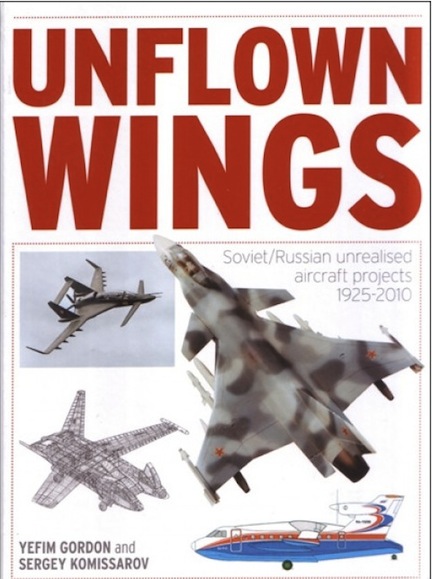

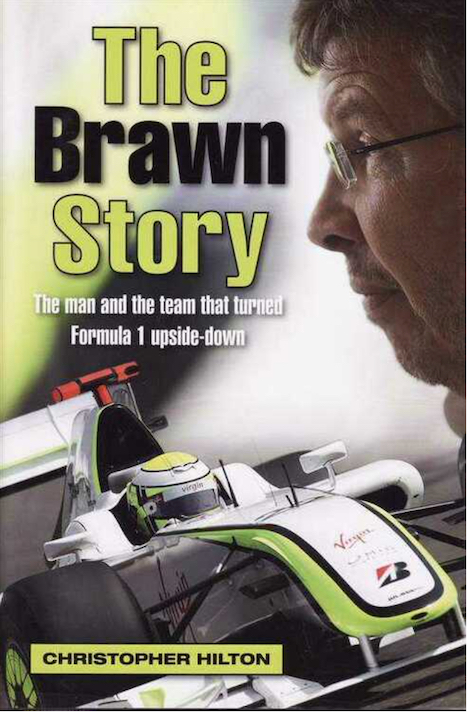
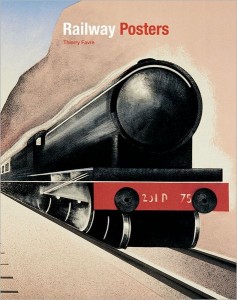



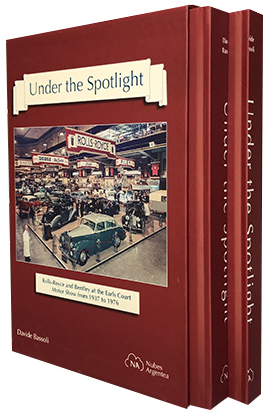
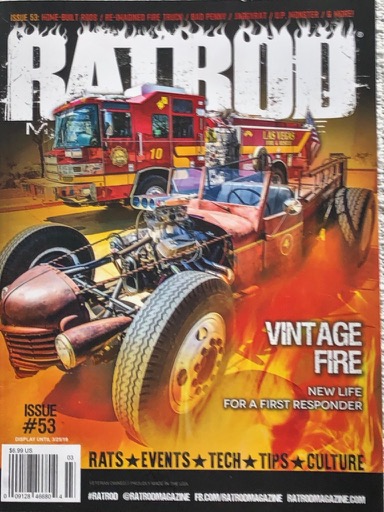
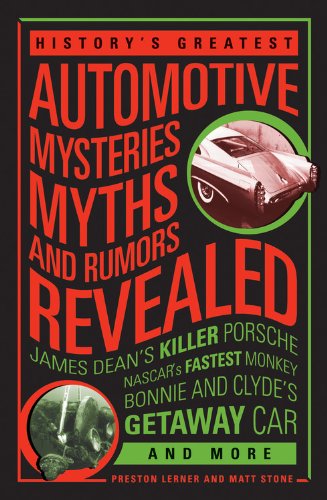

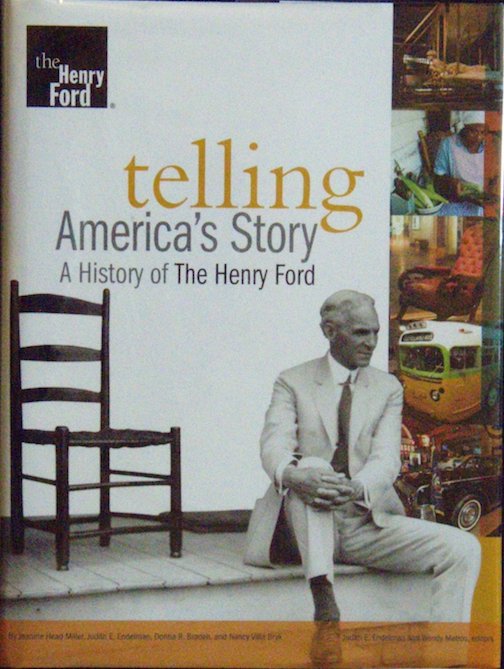
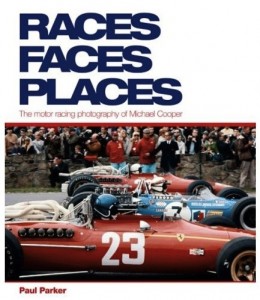
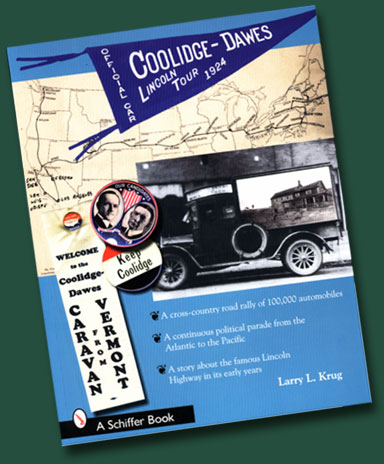
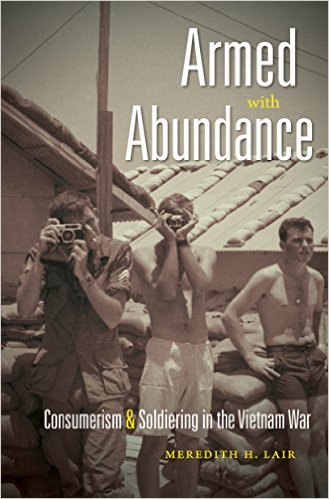
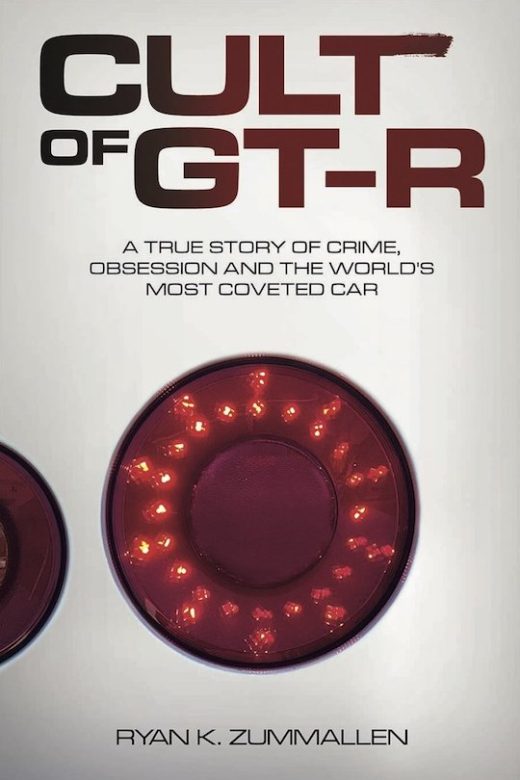
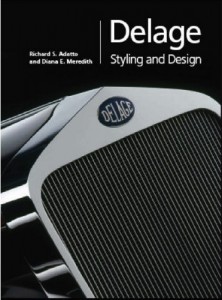



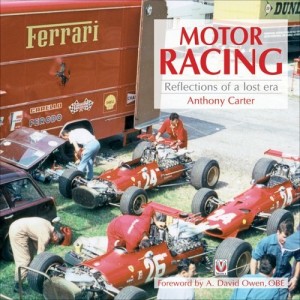
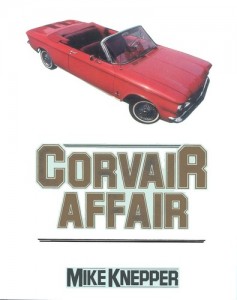

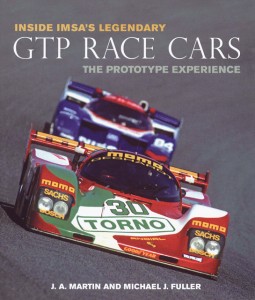


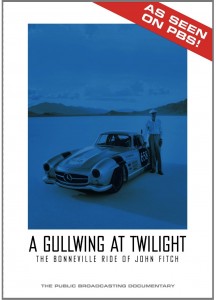



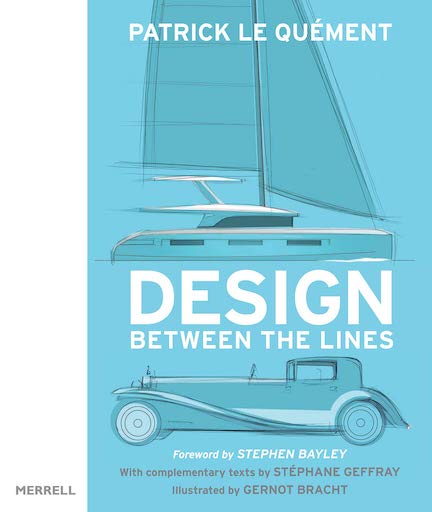

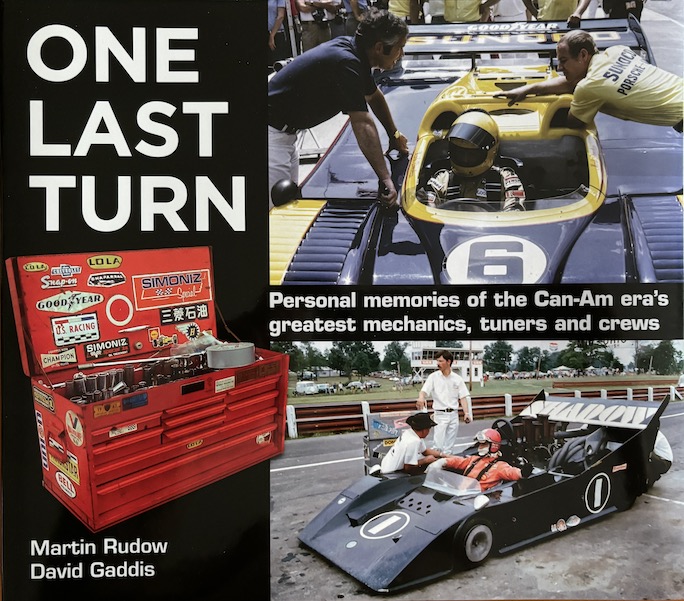

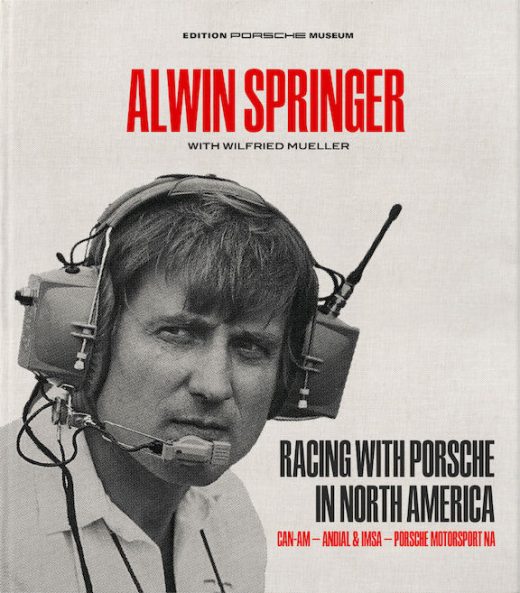

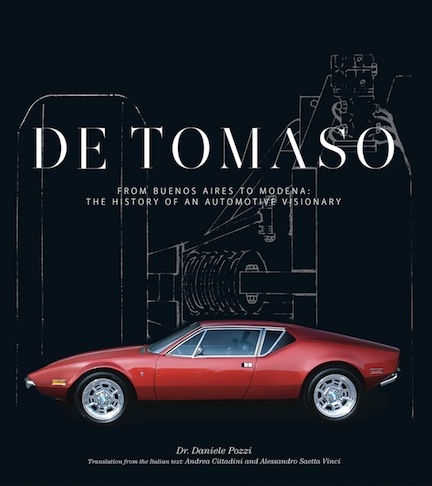




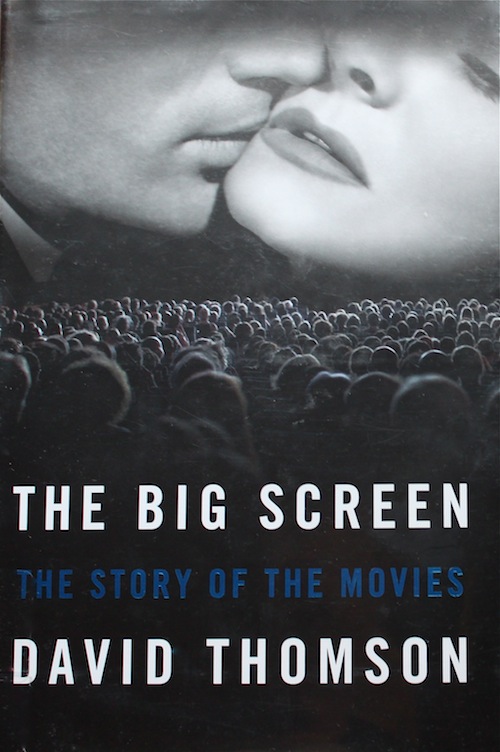
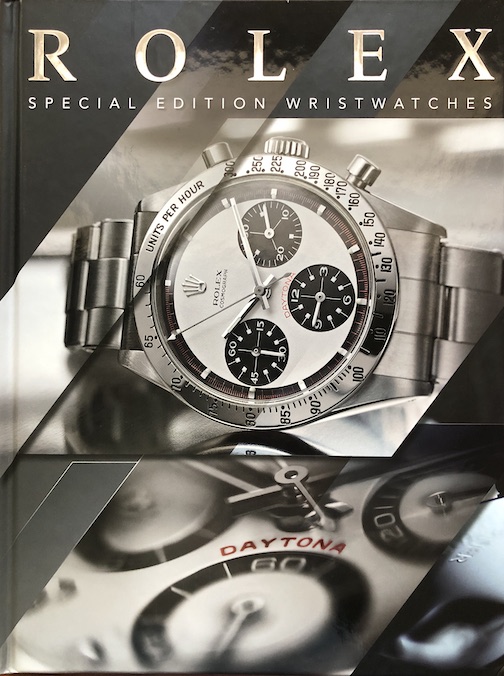


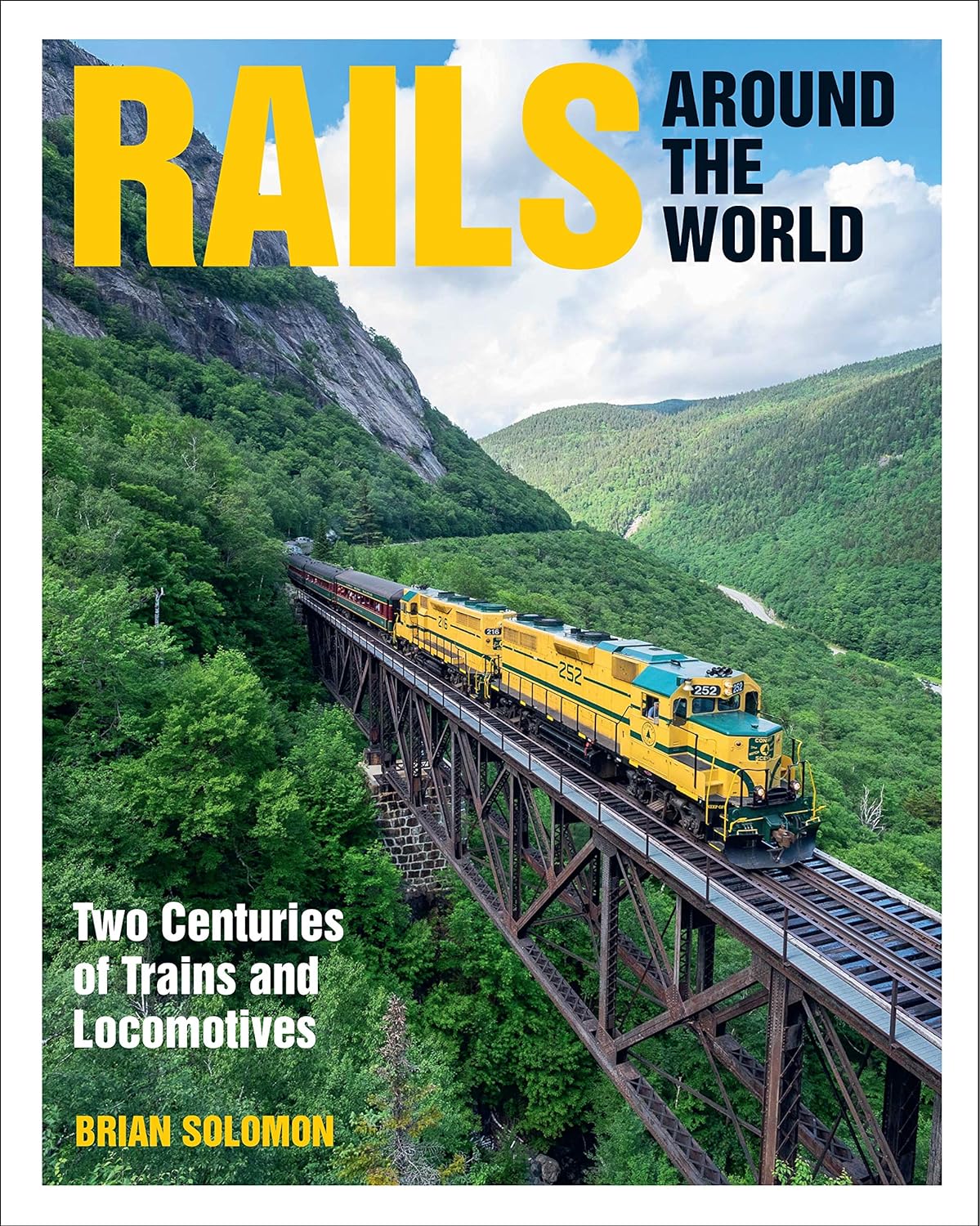
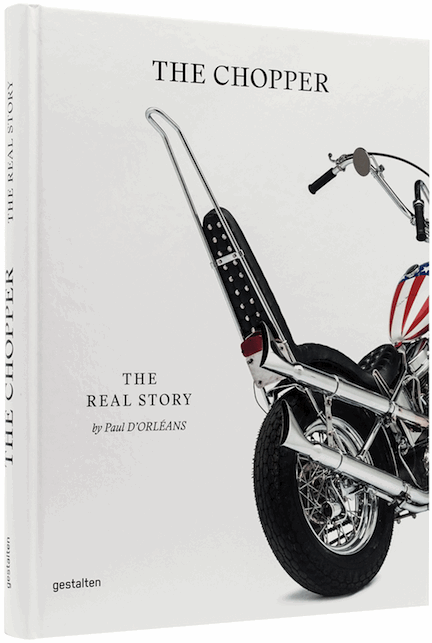
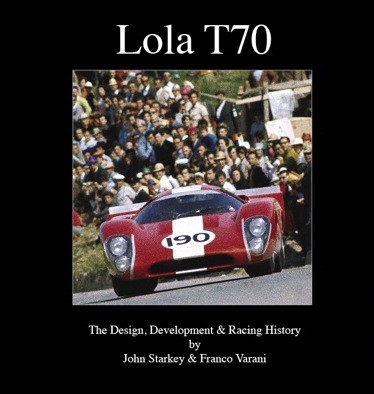
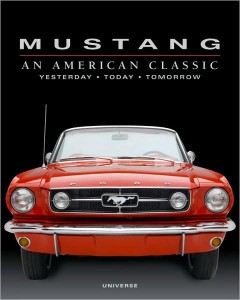

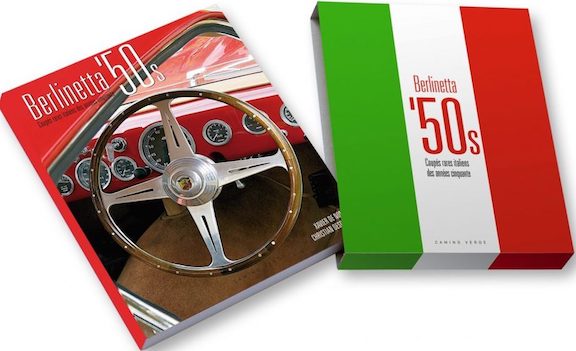

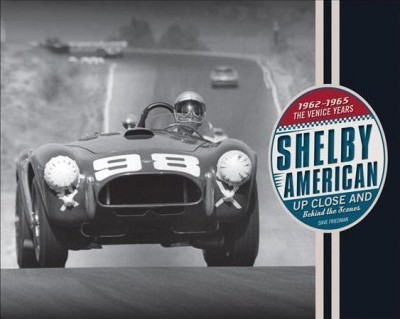

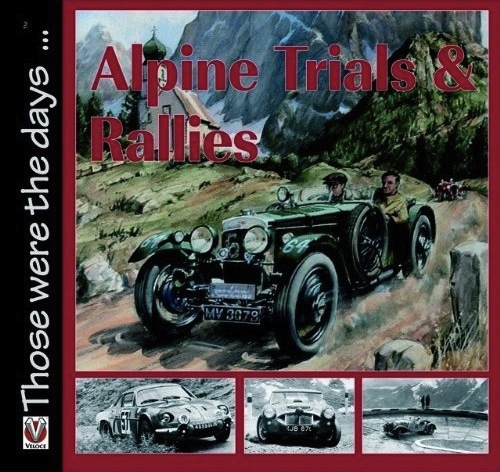

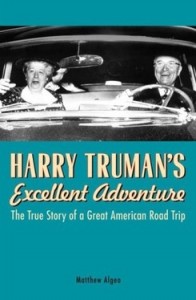
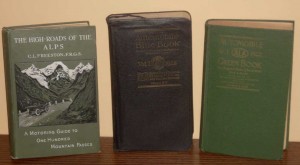


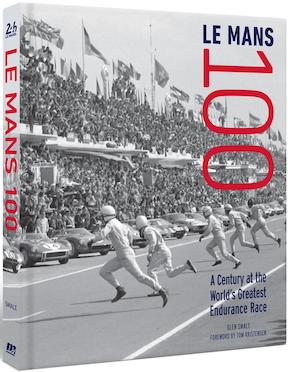
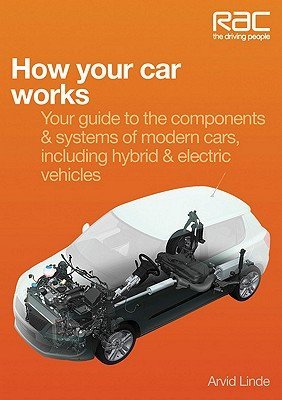
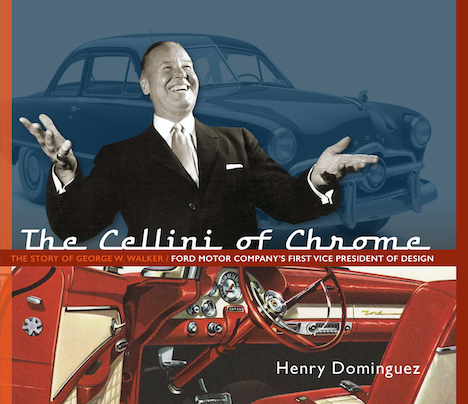
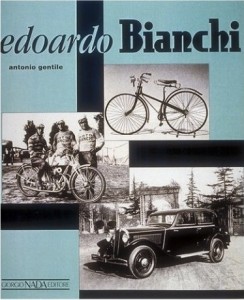

 Phone / Mail / Email
Phone / Mail / Email RSS Feed
RSS Feed Facebook
Facebook Twitter
Twitter